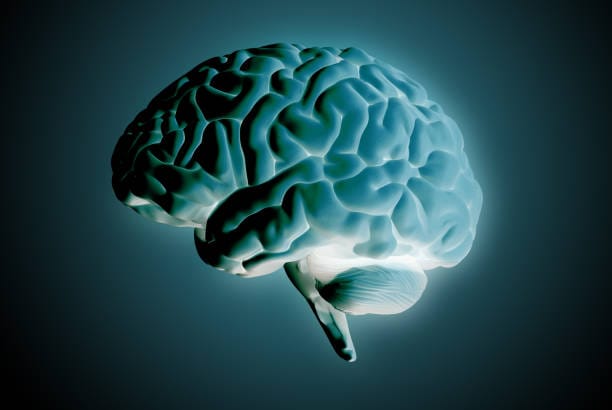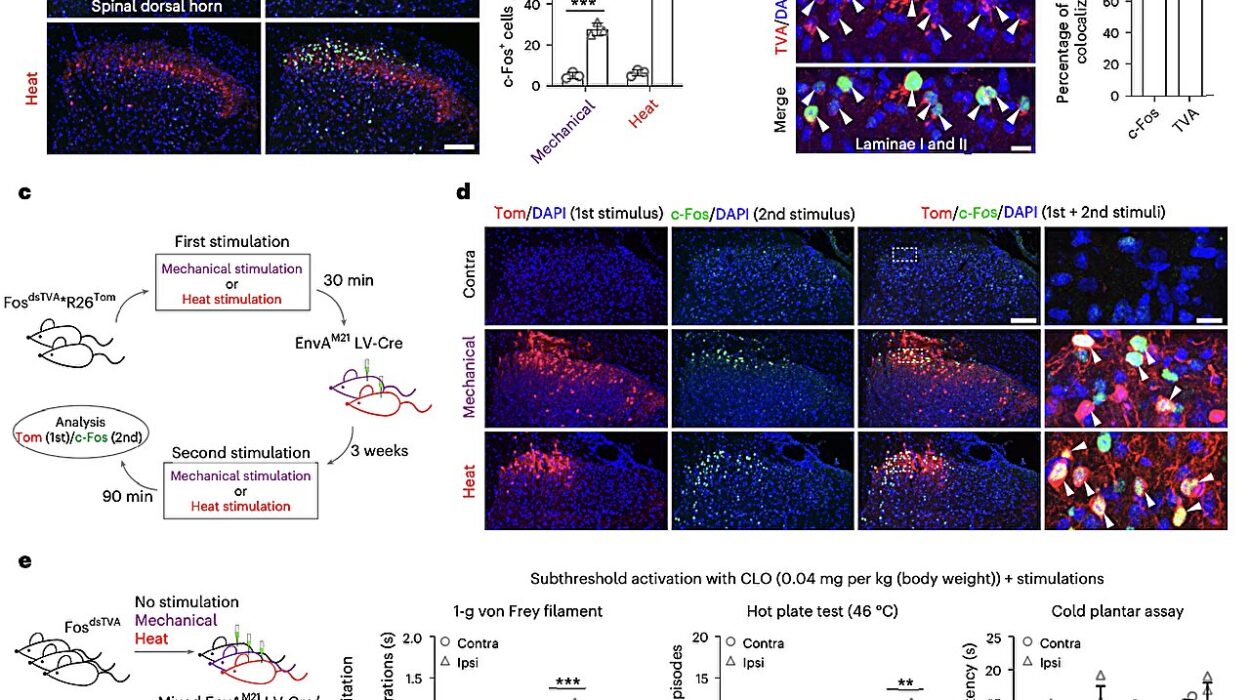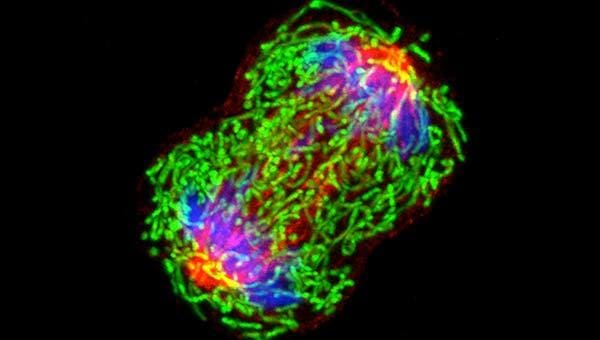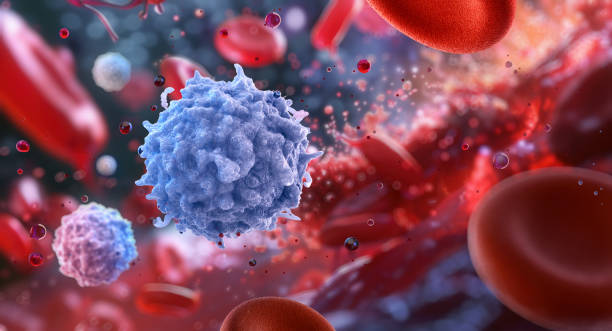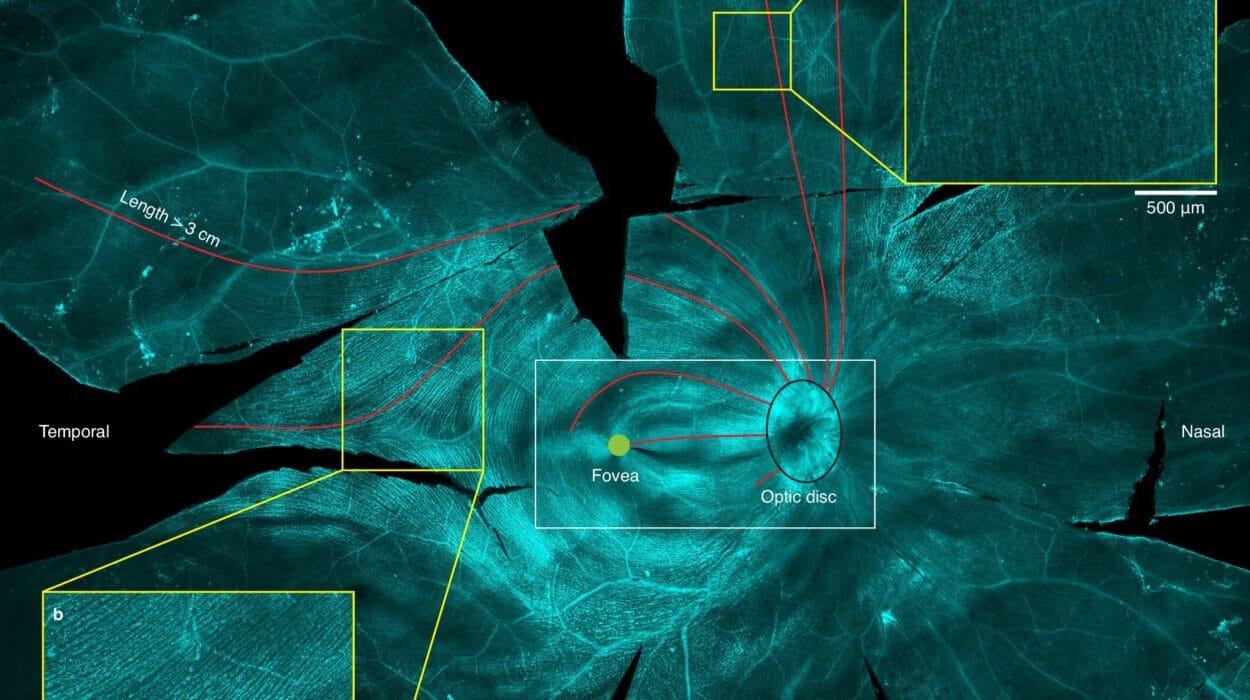Meditation, a practice rooted in millennia-old spiritual traditions, has long been celebrated for its profound ability to calm the restless mind, elevate awareness, and nurture inner peace. Yet, only in the past few decades have scientists peered into the brain’s inner workings to reveal a remarkable truth: meditation not only changes how we feel but physically alters the very architecture of the brain. This discovery is reshaping our understanding of mental health, human potential, and the plasticity of the mind.
For centuries, meditation was the province of monks, sages, and mystics, often cloaked in the language of spirituality and philosophy. But now, with advanced brain imaging technologies such as magnetic resonance imaging (MRI) and positron emission tomography (PET), researchers have mapped out how regular meditation reshapes brain regions involved in attention, emotion regulation, memory, and self-awareness. The evidence paints a picture of a brain that is sculpted by our mental habits, highlighting meditation as a powerful tool for rewiring neural pathways and fostering resilience in a chaotic world.
The Brain’s Plastic Promise: A Foundation for Change
To grasp how meditation influences brain structure, it helps to understand the brain’s extraordinary capacity known as neuroplasticity—the ability to reorganize itself by forming new neural connections throughout life. For much of the twentieth century, neuroscientists believed the adult brain was largely fixed, with little potential for change. This idea has since been decisively overturned. The brain, it turns out, is an ever-adapting organ, shaped by experience, learning, and practice.
Meditation exemplifies this plasticity. When an individual meditates, they are essentially training their brain in focused attention, emotional regulation, and heightened awareness. These repeated mental exercises prompt the brain to respond by altering the size, density, and connectivity of specific regions. In a way, the brain’s neurons are “muscles” that grow stronger and more efficient through the disciplined work of meditation, just as physical muscles respond to exercise.
Remodeling Attention: The Prefrontal Cortex and Anterior Cingulate Cortex
One of the first areas to show change with meditation is the prefrontal cortex, the brain’s executive hub responsible for attention, decision-making, and self-control. Meditation involves sustained attention, often on the breath or a mantra, training the mind to gently return from distraction again and again. Over time, this mental discipline strengthens the prefrontal cortex’s ability to focus and regulate behavior.
Neuroimaging studies consistently demonstrate increased cortical thickness in the prefrontal cortex among long-term meditators. This thickening suggests greater neuronal density or more robust dendritic connections, providing a biological basis for improved attention and cognitive control observed in meditation practitioners. The anterior cingulate cortex (ACC), closely linked to the prefrontal cortex, also becomes more active and structurally enhanced through meditation. The ACC is involved in detecting errors, managing conflicting thoughts, and sustaining attention, making it vital for the mental clarity meditation cultivates.
Calming the Storm: Changes in the Amygdala and Stress Response
The amygdala, a small almond-shaped structure deep within the brain’s temporal lobe, plays a critical role in processing emotions, particularly fear and stress. It acts like an alarm system, triggering the body’s fight-or-flight response when danger is perceived. For many, especially those struggling with anxiety, this system can become overactive, leading to heightened stress and emotional reactivity.
Research shows that meditation can physically shrink the size of the amygdala. A landmark study by Harvard scientists revealed that after just eight weeks of mindfulness meditation training, participants exhibited decreased gray matter density in the amygdala, accompanied by reductions in stress levels. This shrinkage is not a loss but rather a sign of decreased reactivity and more balanced emotional processing. Meditation essentially helps to “quiet the alarm,” allowing the brain to respond to stress with greater calm and equanimity.
Expanding Self-Awareness: The Insula and Interoception
Self-awareness—the ability to observe one’s own thoughts, feelings, and bodily sensations—is deeply enhanced through meditation. The insular cortex, or insula, a region tucked within the brain’s folds, plays a central role in interoception, or sensing the internal state of the body. This includes awareness of heart rate, respiration, hunger, and even subtle emotional shifts.
Studies of meditators reveal increased cortical thickness and functional connectivity in the insula. This enhancement corresponds to a heightened capacity to tune into the body’s signals, a skill cultivated by mindful attention to breath and sensations during meditation practice. Greater insula engagement is linked to improved emotional regulation and a richer, more grounded sense of self.
Memory and Learning: The Hippocampus Grows Stronger
The hippocampus, famously associated with memory formation and learning, also benefits structurally from meditation. Unlike the amygdala, where size decreases are beneficial, meditation tends to increase the volume of the hippocampus. This growth reflects improved neural health and plasticity, allowing for better memory consolidation and emotional balance.
For many, the ability to regulate memories and emotionally charged thoughts is critical to mental well-being. Meditation’s influence on the hippocampus provides a biological explanation for reports of enhanced cognitive function and resilience against depression in meditation practitioners.
Decreasing Default Mode Network Activity: The Quieting of the Mind’s Wanderings
The default mode network (DMN) is a brain system that activates during mind-wandering, self-referential thinking, and daydreaming. While normal and necessary for creativity and problem-solving, excessive DMN activity is linked to rumination and anxiety, hallmarks of depression and many mental health challenges.
Meditation appears to quiet the DMN. Functional MRI studies show that experienced meditators exhibit reduced activity in this network during meditation and even during resting states. This reduced activity correlates with lower tendencies toward depressive rumination and improved emotional stability. Over time, the connectivity within the DMN changes, potentially reflecting structural alterations that support a calmer, more present mind.
Structural Changes in White Matter: Enhancing Brain Communication
While much of the research focuses on gray matter—the brain regions densely packed with neuron cell bodies—meditation also affects white matter, the brain’s communication highways formed by myelinated axons. Healthy white matter pathways enable efficient signal transmission between brain regions.
Diffusion tensor imaging (DTI), a technique that visualizes white matter integrity, has revealed increased connectivity and structural integrity in meditators’ brains. These changes suggest that meditation not only enhances localized brain areas but also optimizes the networks linking these areas together, fostering more efficient communication and integration across the brain.
The Role of Different Meditation Styles in Brain Remodeling
Meditation is not a single monolithic practice but encompasses a variety of styles, each engaging the brain in unique ways. Focused attention meditation, where practitioners concentrate intently on a single object (often the breath), primarily activates brain regions responsible for attention and sensory processing. Open monitoring meditation, where one observes thoughts and sensations nonjudgmentally, engages networks linked to self-awareness and emotion regulation. Loving-kindness meditation emphasizes positive emotions and social connectedness, influencing brain areas involved in empathy and compassion.
Studies comparing these styles show overlapping but distinct patterns of brain change, emphasizing that the specific mental training and intention shape how meditation alters brain structure. This insight encourages a personalized approach to meditation based on individual goals and needs.
Meditation as a Therapeutic Tool: Structural Brain Changes and Mental Health
The structural brain changes wrought by meditation have profound implications for mental health treatment. Conditions such as anxiety, depression, post-traumatic stress disorder (PTSD), and chronic pain are often characterized by dysfunctional brain circuits involved in emotion, memory, and attention.
Mindfulness-based therapies, which incorporate meditation practices, have demonstrated efficacy in reducing symptoms and improving quality of life. The observed changes in brain structure provide a tangible mechanism for these therapeutic benefits. Shrinking the overactive amygdala can ease anxiety, enhancing hippocampal volume can combat depression-related memory deficits, and strengthening the prefrontal cortex improves emotion regulation.
These findings offer hope for non-pharmacological interventions that empower individuals to heal and transform their brains through intentional mental practice.
The Science of Meditation’s Limitations and Open Questions
While the evidence for meditation’s impact on brain structure is compelling, it is important to approach this science with nuance. Many studies face challenges such as small sample sizes, variability in meditation practice, and difficulties establishing causality. Some structural differences may reflect pre-existing traits that draw people to meditation rather than changes caused by meditation itself.
Moreover, the timescale of brain remodeling varies. Some changes may emerge after weeks, while others require years of sustained practice. The relationship between structural changes and subjective experience is complex and not yet fully understood. Continued research is essential to unravel the intricate ways meditation reshapes our minds and bodies.
A Personal Journey Within the Brain’s Transformation
To grasp the profound impact meditation has on brain structure, one must consider not just the scientific data but the human stories behind it. The journey of meditation is deeply personal and emotional—an exploration of the self that often begins with a desire to escape suffering or find meaning.
As the brain adapts, meditators report transformative experiences: increased emotional stability, greater clarity of thought, and a profound sense of interconnectedness with the world. These subjective shifts mirror the objective changes seen in brain scans, revealing a dance between mind and matter that defies simple explanation.
The Future of Meditation and Neuroscience
As technology advances, new frontiers open for understanding meditation’s effects on the brain. Emerging techniques like real-time neurofeedback, ultra-high-resolution imaging, and genetic analysis promise to deepen our insight into the mechanisms of change.
The integration of meditation into educational systems, workplaces, and healthcare reflects a growing appreciation for its potential to enhance human flourishing. Future research will refine these applications, tailoring meditation practices to individual brain types and needs, ultimately fostering a society where mental well-being is cultivated through conscious, intentional brain training.
Conclusion: Meditation as a Gateway to a Resilient Mind
The evidence is clear: meditation does more than soothe the soul. It molds the brain’s structure, forging new neural pathways that enhance attention, regulate emotion, strengthen memory, and quiet the restless mind. In a world marked by relentless stress and distraction, this ancient practice offers a scientifically validated path to resilience and peace.
The brain, once thought rigid and immutable, reveals itself as a living, changing landscape shaped by the mind’s choices. Meditation invites us to become architects of this landscape, crafting a mind that is not only calmer but wiser, more compassionate, and profoundly alive.
